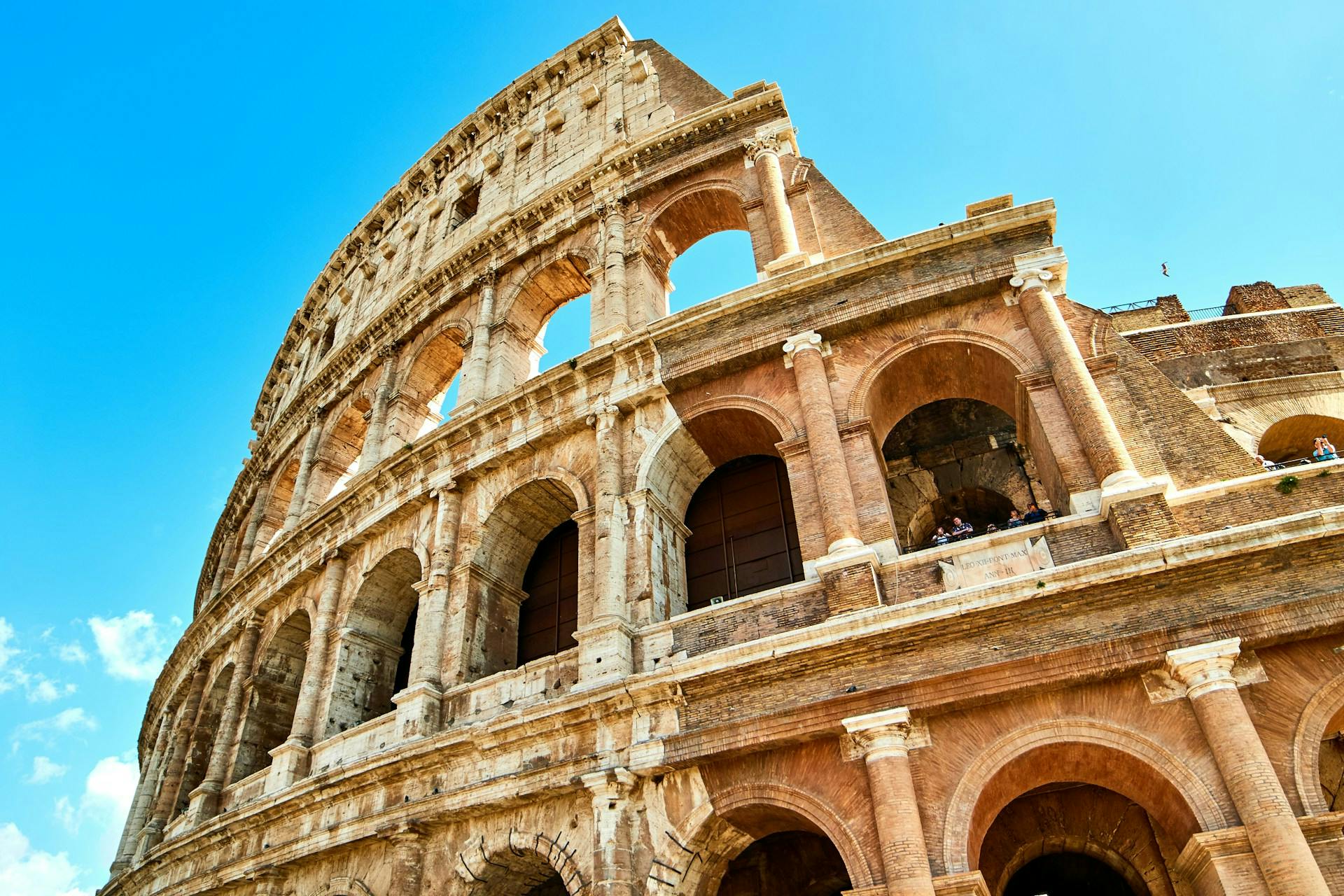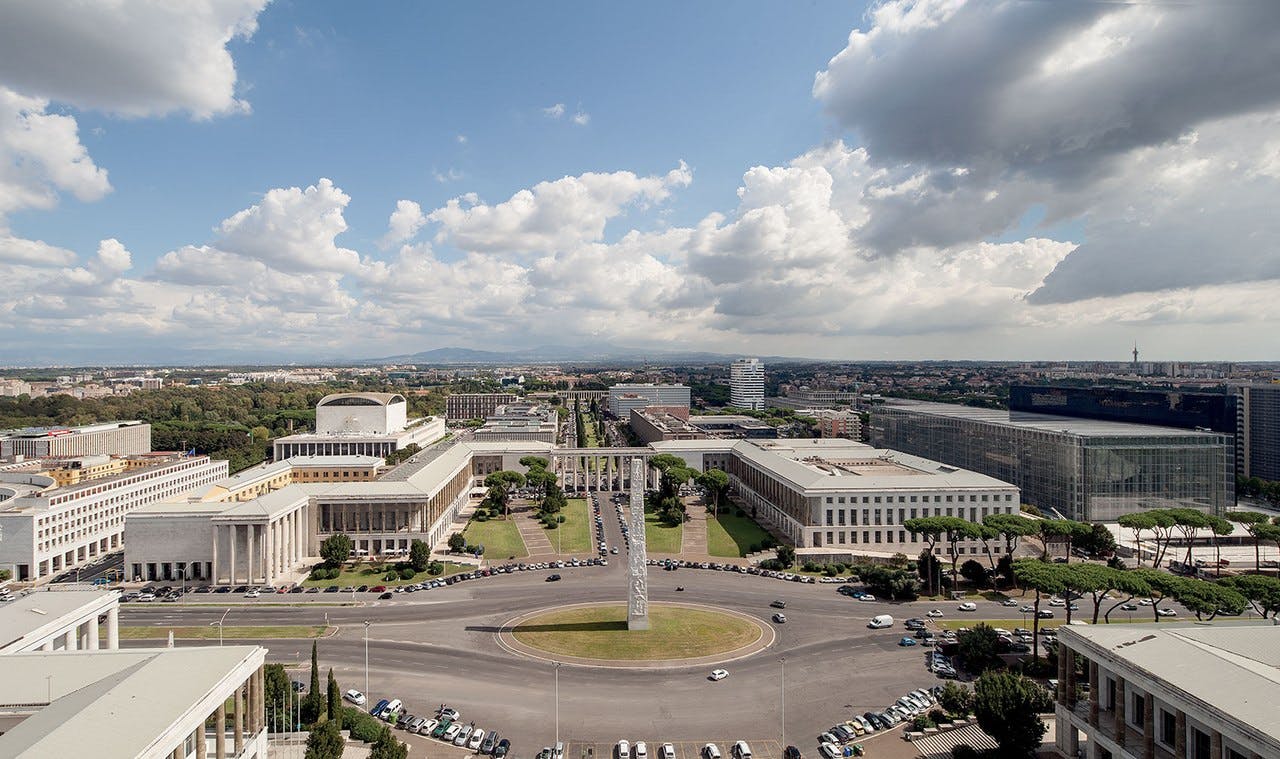The history of Anagni is very ancient, and it roots its origins back in the ancient inhabitants of this area, the Ernici, who established this town as their capital before being subjugated by the Romans, who finally conquered Anagni in 306 BCE.
From here, the history of this small town goes long and troubled until the 12th-13th centuries CE, when the place reached its peak, becoming a papal residence and renowned birthplace of three popes-Alexander IV, Gregory IX and Boniface VIII.
It is with the latter, Boniface VII, that the little village witnesses a shocking episode.




